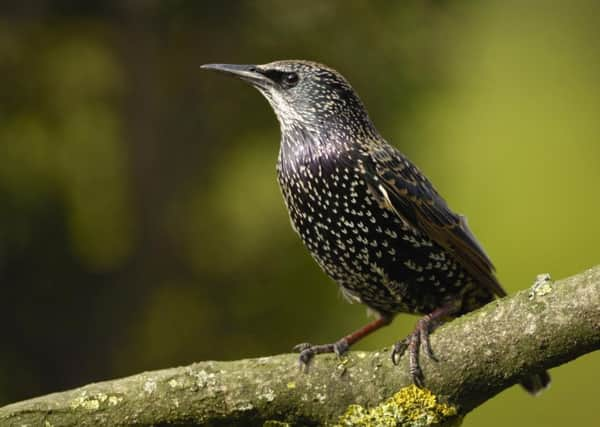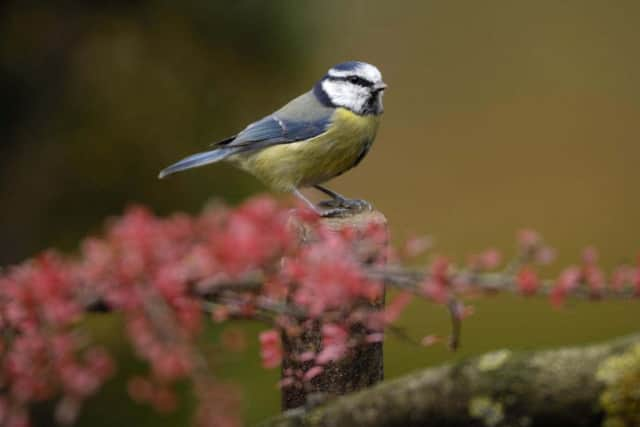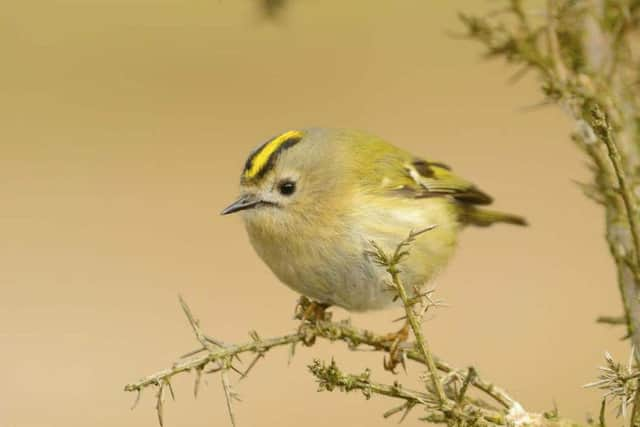Record winter temperatures boost survival rates of small birds


More than 500,000 people, including 34,000 in Yorkshire, helped the RSPB record a total of 8.2m birds during its annual Big Garden Birdwatch at the end of January, and smaller species were found to have survived in greater numbers than usual over the winter.
The average number of long-tailed tits seen visiting gardens was up by 44 per cent on last year, but sightings of starlings - despite high numbers in Yorkshire - and song thrushes dropped again this year.
Advertisement
Hide AdAdvertisement
Hide AdSince the first count in 1979, the number of both species visiting gardens has fallen by 81 and 89 per cent respectively.


Dr Daniel Hayhow, conservation scientist at the RSPB took heart from the species that were recorded in greater numbers.
“The weather can have varied effects on different groups of birds in terms of behaviour and habitats used,” he said. “The increase in long-tailed tit sightings, along with other smaller garden birds, just goes to show that, in the absence of very cold weather, these species can survive the winter months in much greater numbers.”
Provisional Met Office figures show this winter was a record breaking season in England and Wales, and the third-warmest winter for the UK overall.
Advertisement
Hide AdAdvertisement
Hide AdDr Hayhow said: “The warmer temperatures have made it easier to find food, like insects, which in previous colder winters would have been harder to come by because of frosts and snow.”


Since 2006, the average number of long-tailed tits seen in UK gardens has increased by 52 per cent, great tits numbers by 13 per cent and coal tits by nine per cent.
Dr Hayhow added: “The increase in sightings of these smaller garden birds highlights the importance of a well-stocked bird feeder.
“Long-tailed tits only started using garden feeders in recent years, and now more people are spotting them in their gardens as this behaviour develops.”
Advertisement
Hide AdAdvertisement
Hide AdThe most seen species in Yorkshire gardens, according to the Birdwatch findings, was the house sparrow, followed by starlings and blackbirds, but many other garden species continue to struggle.


In fact nationally, sightings of starlings - despite high numbers in Yorkshire - as well as song thrushes dropped again this year. Since the first RSPB count in 1979, the number of both species visiting gardens has fallen by 81 and 89 per cent respectively.
Ben Andrew, RSPB wildlife advisor, said: “A lot of our favourite garden birds are struggling and are in desperate need of our help.
“Gardens or outdoor spaces are an invaluable resource for many species - they can provide a safe habitat and enough food and water to survive - which are likely to have a significant effect on their populations.”
Advertisement
Hide AdAdvertisement
Hide AdThe Big Garden Birdwatch is part of the RSPB’s Giving Nature a Home campaign, which is aimed at tackling the ‘housing crisis’ facing the UK’s threatened wildlife.


The charity is asking people to provide a place for wildlife in their gardens or outdoor space - such as nest boxes for birds, ponds for frogs and homes for hedgehogs.
REGION’S TOP TEN
House sparrows were seen the most in Yorkshire gardens by people taking part in the RSPB’s Big Garden Birdwatch on January 30-31, with an average number per garden of 4.47 - but what other species made the top 10?
Starlings were the second most seen at 3.15 per garden, followed by blackbirds (2.99), blue tits (2.49) and woodpigeons (2.12).
Advertisement
Hide AdAdvertisement
Hide AdNext in the rankings came the goldfinch (1.73), the great tit (1.41) and the robin (1.30).
Both the collared dove and the chaffinch were recorded by regional participants as appearing in average numbers of 1.23.
The charity’s count is considered to be the UK’s largest citizen science survey. It is driven by the RSPB’s Centre for Conservation Science, which was set up to find practical solutions to urgent conservation problems.